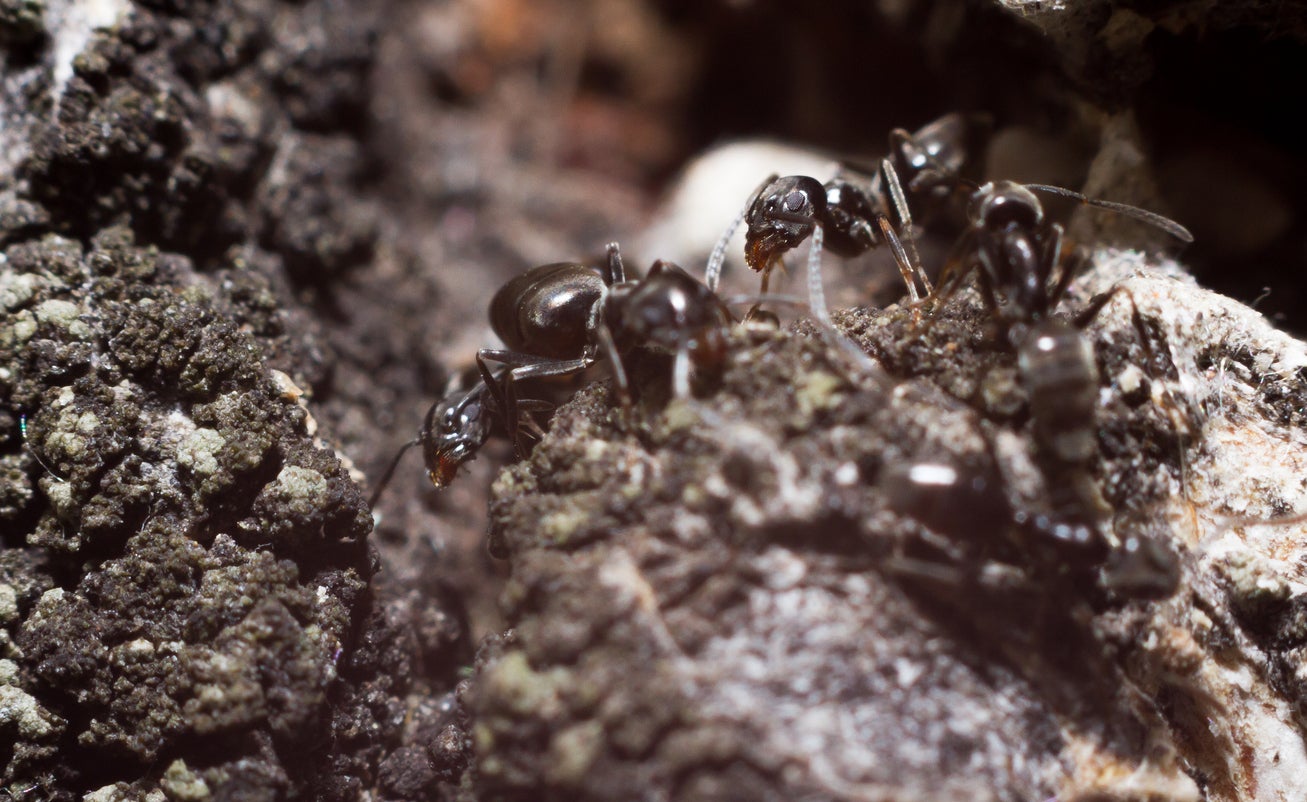Plane Tree Pests – Treating Insect Damage To Plane Trees


The plane tree is an elegant, fairly common urban tree. They are tolerant of neglect and pollution so are often used in metropolitan settings. A few diseases and several plane tree bugs are the only real issues of concern. The worst pests of London plane trees are sycamore bugs but a couple of other insects can also cause havoc. Continue reading to see which plane tree pests are the most damaging and how to spot and control them.
Common Plane Tree Bugs
The London plane tree is fast growing with deeply lobed, attractive leaves. They are very tolerant of many types of soil and pH, although they prefer deep loam. Yet, even these adjustable plants can be prey to insect problems. Plane tree pest problems vary depending upon which region the tree is growing. For instance, in the west coast sycamore lacebug is most prevalent. Preventing extensive insect damage to plane trees starts with identification of the most common villains. Lacebug – The sycamore lacebug can have up to five generations per year. These damaging pests cause bleached, stippled patterning on the leaves. Adults are flying insects with transparent wings, while nymphs are wingless and darkly patterned. The leaves often drop off but serious damage to the tree rarely occurs. Scale – Another of the most common plane tree pests is sycamore scale and it is so small you would need a magnifying glass to see it. The damage results from feeding and leaves become speckled. They prefer young leaves and tender new bark. Good cultural care of the tree will minimize any ill effects. Borer – Finally, the American plum borer is an invasive villain, boring into the bark right to the cambium. The feeding and movement activity can girdle and starve a tree.
Less Common Pests of London Plane Trees
There are many more occasional pests of the trees, but usually they don't come in force or pose much physical damage. The oak processionary moth and chestnut gall wasp are two of these sometime visitors. The larvae of the wasp may cause cosmetic damage in the form of galls to leaves and the young of the moth may munch on the leaves, but neither is ever present in groups large enough to cause concern. Common pests like aphids, spider mites, caterpillars, and whiteflies affect many landscape plants and plane trees are not immune. Ants are common visitors, especially when aphids are present. A program of targeted organic spraying will control these pests in areas where they reach epidemic proportions.
Dealing with Insect Damage to Plane Trees
Plane tree pest problems usually don't cause serious damage to the tree's health. In almost all cases, the tree will suffer no lasting ill effects if it is well cared for. Even some defoliation is not as serious as it appears, provided no more than 40% of the foliage is lost. Treat each pest with a product specifically targeting it. Systemic formulas are excellent for controlling feeding insects and a better solution than spraying a broad spectrum, chemical insecticide. Fertilize trees in spring, prune them lightly as needed, and give supplemental water during dry periods and at installation. In most cases, just a little TLC will see plane trees bounce back from any insect damage.
Sign up for the Gardening Know How newsletter today and receive a free copy of our e-book "How to Grow Delicious Tomatoes".

Bonnie Grant is a professional landscaper with a Certification in Urban Gardening. She has been gardening and writing for 15 years. A former professional chef, she has a passion for edible landscaping.